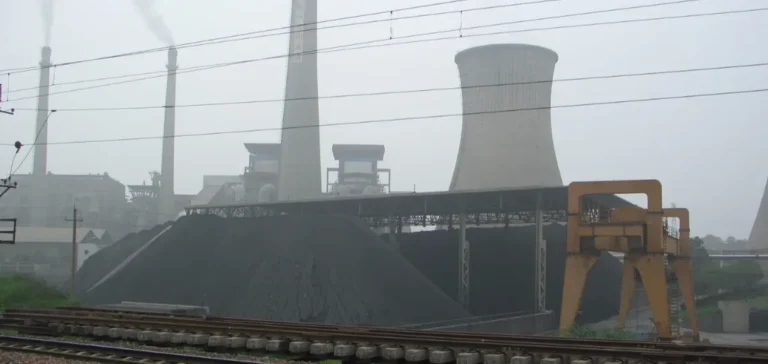China approved 25 gigawatts (GW) of new coal capacity in the first half of 2025, while 21 GW were commissioned during the period, the highest half-yearly level since 2016. Annual additions are expected to exceed 80 GW, extending the impact of the approval waves of 2022-2023. This commissioning momentum occurred as coal’s share in power generation fell to 51% in June.
Permits, pipeline and construction
The flow of permits remains high but below recent peaks: 25 GW approved in H1 2025, after 2022-2023 years that exceeded 100 GW annually. Indicating a strong pipeline, “new and revived” projects totaled 75 GW during the period, the highest half-year level in a decade. These additions respond to a logic of securing the power system and anticipating the 2030 “carbon peak” deadline.
Construction starts and restarts reached 46 GW in the first half of 2025, equivalent to South Korea’s entire coal capacity. In parallel, retirements remain modest: 1 GW closed in H1 and 16 GW since 2021, while 13 GW more would need to be retired by the end of 2025 to meet the 14th Five-Year Plan target of 30 GW.
Power mix, demand and emissions
The drop to 51% of coal’s share in June occurred as renewables expanded. Combined wind and solar additions are expected to exceed 500 GW in 2025, largely covering electricity demand growth. Solar generation rose 20% year on year and wind by 10.6%, while coal-fired output declined by 2.9%. Several analyses estimate that CO₂ emissions from the power sector decreased in the first half of 2025.
Domestic production and import arbitrage
On the mining side, domestic coal production reached 2.40 billion tons between January and June 2025, then 2.78 billion tons over January-July. July output was 380.99 million tons, down from the previous year. These high volumes reduced reliance on imported cargoes in the first half.
Total coal imports fell by 11.1% in H1 2025 to 221.7 million tons, with a low of 33.04 million tons in June. At the same time, demand shifted toward higher calorific value coal, reducing the share of Indonesian purchases, against a backdrop of weak regional prices.
Industrial outlook and timeline
The year 2025 combines a decline in coal’s share of the mix with a peak of commissioning linked to earlier approval cycles. The 46 GW of projects started or restarted in H1 suggest a continued flow of completions through 2026-2027. The constraint remains on retirements, still insufficient compared with the targets set for end-2025. In this context, the trajectory of demand, the use of dispatchable capacity, and the contractual structure of electricity purchases will weigh on the balance of the fleet.






















